An international team led by Prof. Aleksander Bursche has recently finished compiling the course and processes of migration in Central Europe at the end of Antiquity in a monographic form. The two-volume publication is the result of a six-year Maestro NCN project, during which archaeologists, anthropologists, historians and palaeobotanists studied cultural, ethnic, social, demographic and ecological relations from the late 4th to the late 6th centuries. It resulted in the re-evaluation of written sources, archives, archaeological and palynological materials. A number of excavations were also carried out during the course of the project, as well as numerous anthropological, geophysical and palaeobotanical analyses of the sediments and pollen collected.
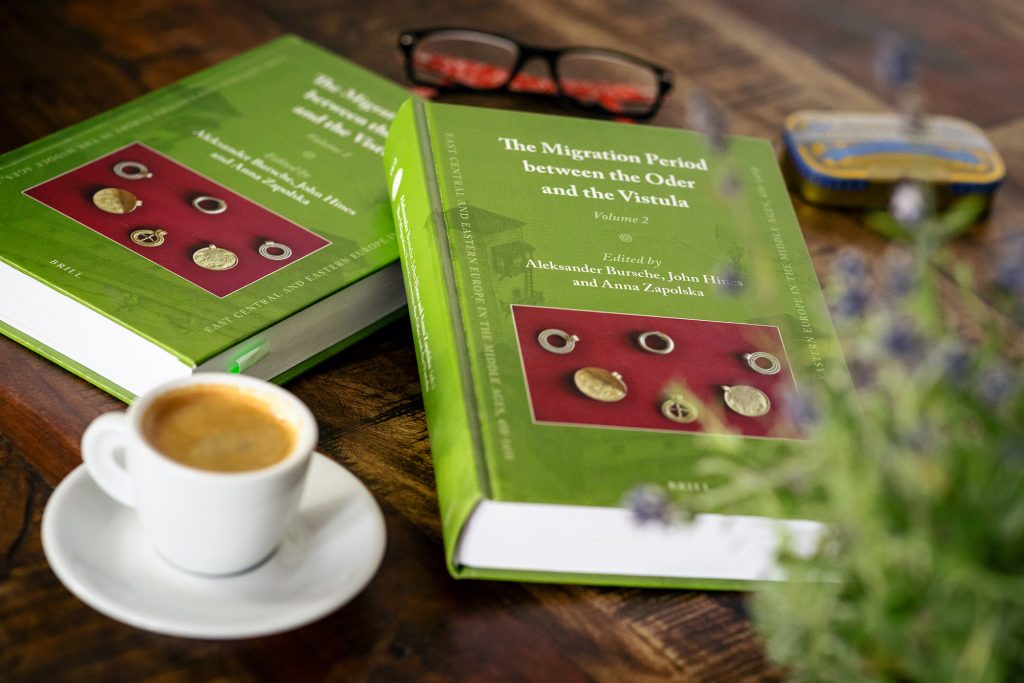
© P. Deska, A. Zapolska
Effects of work on Late Antique migration
The result of this work is a two-volume monograph consisting of 26 chapters, in which the authors reject, among others, the theory of the Proto-Slavic origin of the lands of present-day Poland. They also question the reliability of various written sources which claim that Central Europe up to the Baltic Sea was dependent on the empire of Attila, that there was contact between Rome and the Baltic Aesti in the first half of the 6th century, and that Slavs were present around the Baltic Sea at the end of the 6th century. The myth of the presence of Slavs on Polish territory has been replaced by scientific data, which prove that Germanic communities inhabiting these areas as a result of migration contributed to the collapse of the Western Roman Empire and the emergence of the first kingdoms of Medieval Europe. The migration processes were the most significant factors in social and civilizational transformation.
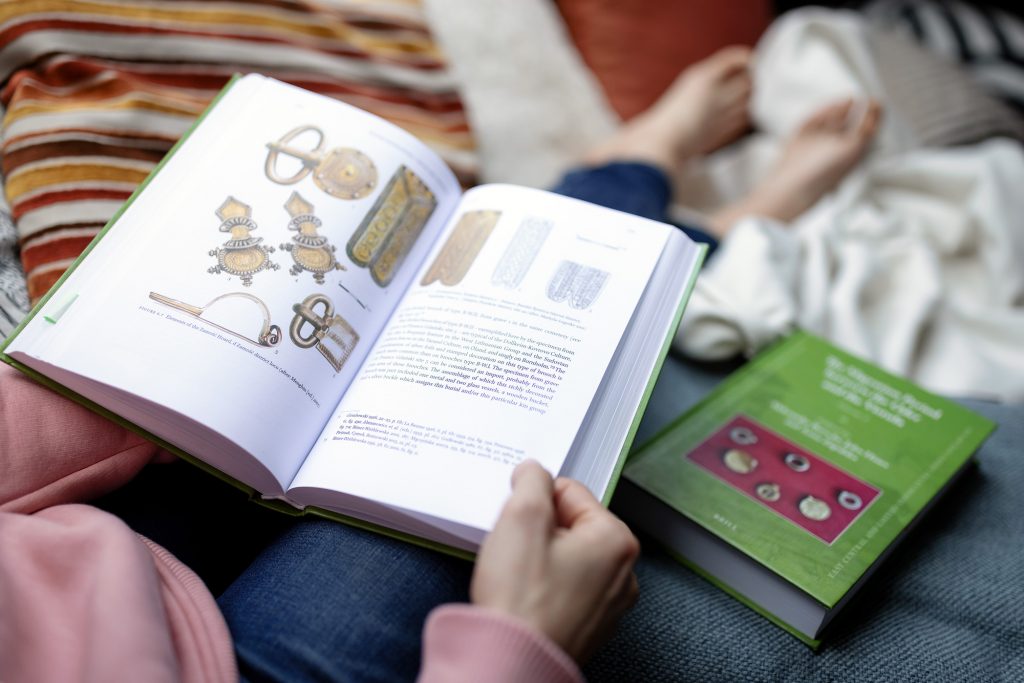
© P. Deska, A. Zapolska
Poland during the Migration Period
The picture of the Polish lands that emerges from our research is a thinly populated area, inhabited only by small enclaves of people of Germanic origin, including Scandinavians and Balts. Small settlement clusters were concentrated around settlements called “central places”, which were usually located on communication and trade routes. In Poland these can be found in Kuyavia, in the Prosna basin and probably in Eastern Pomerania as well. This is where quite a number of finds originate from, including artifacts of Roman, Merovingian and East Germanic origin. As they are usually found in the in the topsoil, they were often overlooked by archaeologists during traditional excavations.
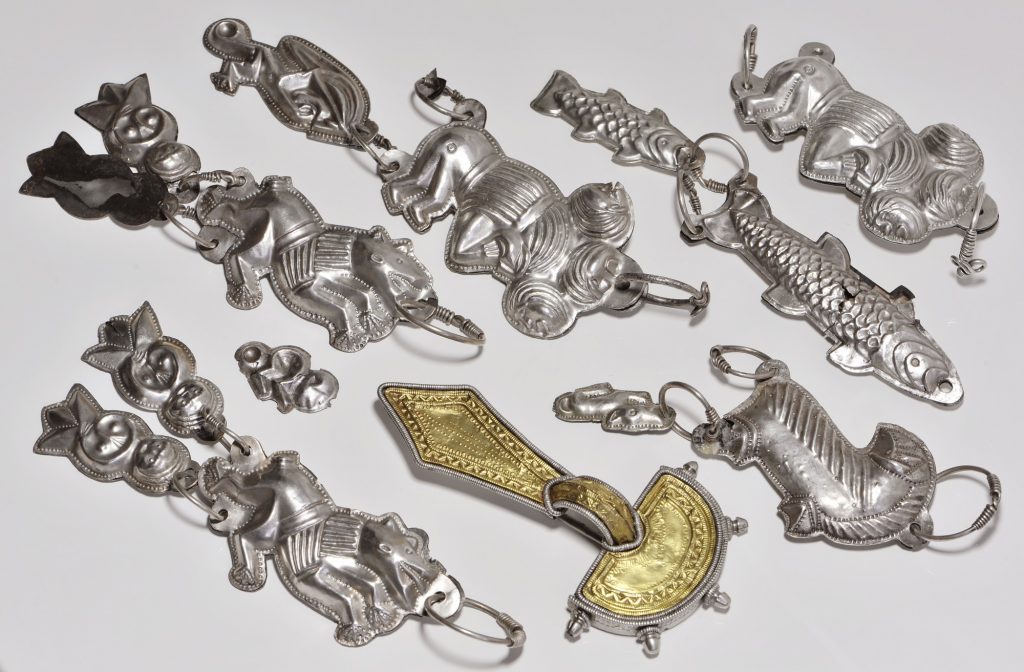
© M. Rudnicki
Contacts between Germanic elites
The authors of the monograph have also reconstructed the mutual social relations and far-reaching contacts across the Baltic between Germanic elites. These were expressed primarily in the redistribution of prestige goods, which resulted, among others, in the presence of late Roman and early Byzantine gold coins in the entire Baltic basin. Migrations of the population, including the elite, in turn contributed to the spread of initially local products. Bracteates, gold coin-like objects, minted since the 5th century in Scandinavia, spread throughout the whole of Northern and Central Europe.
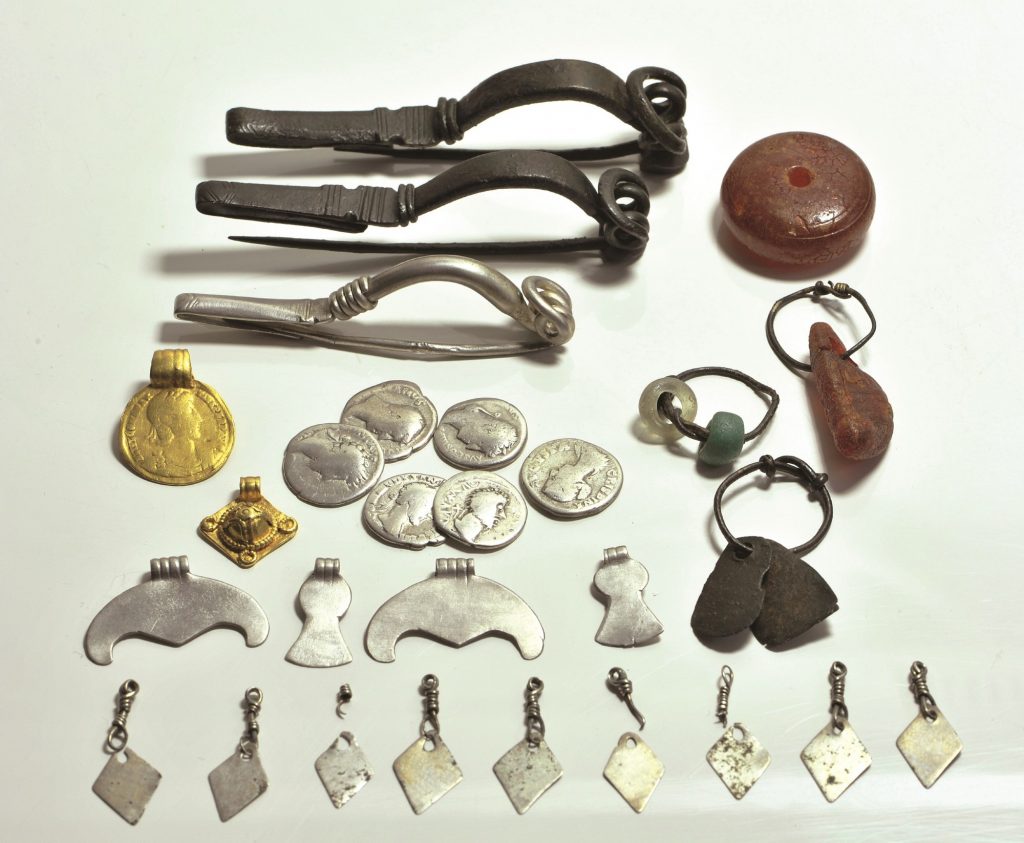
© M. Rudnicki
Settlement and environmental change between the 4th and 6th centuries
Apart from the historical and social research, the authors of the monograph also presented results of research on environmental changes. The dynamics of settlement, changing due to migration, was directly related to changes in the natural environment. The course of these changes was reconstructed and presented, inter alia, in the form of maps showing the development of forest cover and anthropogenic vegetation in the key period of civilizational change between Antiquity and the Middle Ages. Palynological analyses prove that the process of depopulation in areas of present-day Poland, especially its northern parts, started in the 4th centry. The strongest changes are visible in the 5th and 6th centuries, when the extent of forest cover increased significantly. However, pollen analyses confirm the conclusions of archaeologists indicating the existence of small human enclaves in the areas of Western Pomerania, Wolin Island, northern Wielkopolska and the vicinity of Pruszcz Gdanski, and especially in Kuyavia. The process of re-settlement of Polish areas began in the 7th-8th centuries.
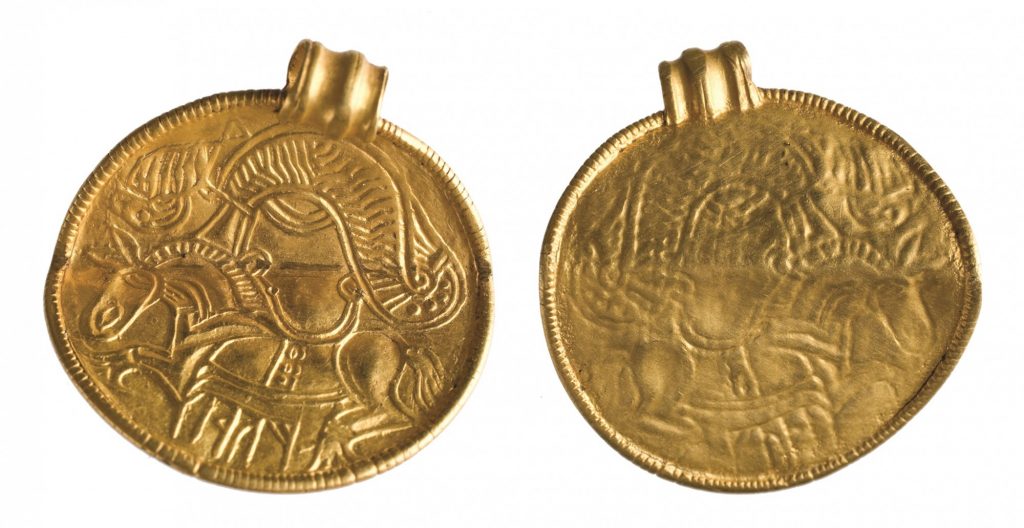
© M. Bogacki, M. Dąbski
Europe between the Roman Empire and the Medieval kingdoms
A crucial task of our monograph is to continue to build awareness that European identity has its roots in the Migration Period, when the kingdoms of Medieval Europe arose from the ruins of the Western Roman Empire and its frontiers in the second half of the first millennium AD. We expect that our monograph will raise awareness of the culture-creating role of the mobility of people, things and ideas, one of the most complex phenomena in the history of the human species.

© M. Bogacki, M. Dąbski
The main theses of the publication were disseminated during the Barbarian Tsunami travelling exhibition, which was hosted by 12 museums in Poland.
Other publications of the project
This article may be freely reprinted without photographs, with reference to the source.
Authors:
Aleksander Burche – professor specializing in Roman and Barbarian numismatics and relationships between the Classical World and the Barbarians. Other areas of interest include popularisation and public relations in archaeology and cultural heritage management. Visiting professor at the Christian-Albrecht University in Kiel (Germany), Institute for the Study of the Ancient World, New York University and American Numismatic Society in New York.
In 2014 the President of Poland awarded with the Polonia Restituta order „for outstanding achievements in research and education in archaeology and on merits in protection and promotion of Polish cultural heritage” and in 2015 the Royal Numismatic Society (London) has awarded me with the Gilljam Prize for Ancient Numismatics.
PI of Maestro research project Migration Period between the Oder and the Vistula, financed by the Polish Science Center.
Since 2015 member of the Committee of the International Numismatic Council and the chief organizer of the XVI International Numismatic Congress, which will take place in 2022 in Warsaw.
Anna Zapolska – archaeologist and numismatist specializing in the researching of coins in archaeological contexts and the functions and ways of using coins by protohistoric communities. Researching the archaeology of West Balts and Germanic tribes in the Late Roman period at the end of antiquity.
Currently engaged in, among others, the study of imitations of late Roman and early Byzantine solidi and the problems of formation of elites of Germanic societies and their mutual contacts at the end of Antiquity and the beginning of the Early Middle Ages.
Editor: J.M.C.
Proofreading: Stephanie Aulsebrook
